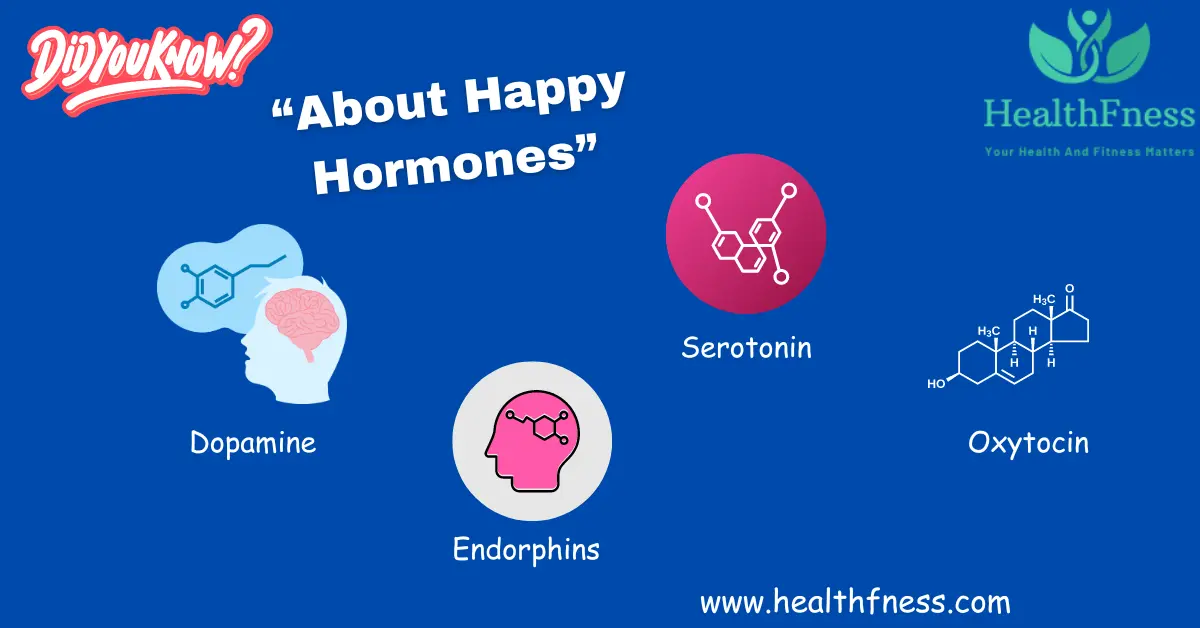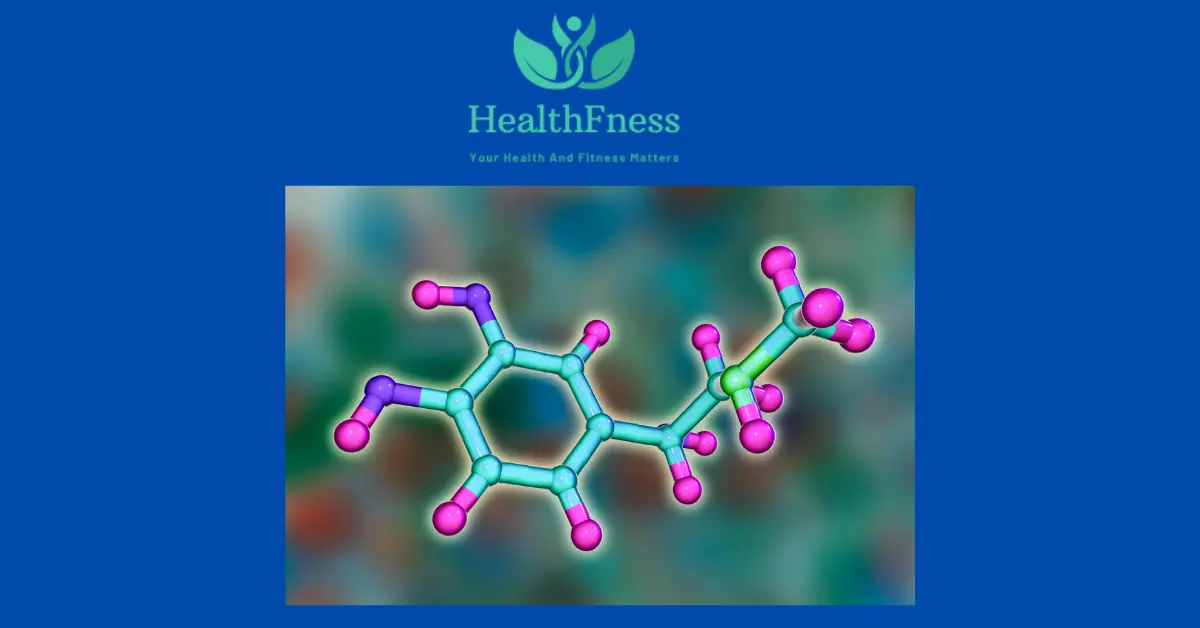What Are Hormones?
Before understanding Nonsteroid hormones we should have knowledge about what actually is hormones. Hormones are chemical messengers released into the bloodstream by various glands and tissues in the body and travel to target cells or organs. They are essential in regulating and coordinating many physiological processes.
History of Nonsteroid Hormones:
Non-steroid hormones have a long history, dating back to the early twentieth century when scientists began to discover and classify the chemical messengers involved in regulating many physiological processes in the body. British physiologist William Bayliss and his pupil Ernest Starling discovered the secretin in 1902.
Introduction to Nonsteroid Hormones
Nonsteroid hormones are chemical messengers produced by glands in the body, such as the pituitary, thyroid, and pancreatic glands. Nonsteroid hormones, unlike steroid hormones, which are produced from cholesterol and can pass through the cell membrane to attach to intracellular receptors, nonsteroid hormones do not pass through the cell membrane and instead bind to cell surface receptors.
Why is it important to know about Nonsteroid hormones
Non-steroid hormones are crucial to understanding since they play a key role in regulating numerous physiological processes in the body. Understanding the activity and regulation of non-steroid hormones is critical for a variety of reasons, including.
Here is detailed research on the chemistry of Nonsteroid Hormones. You can also read it.
Characteristics of Nonsteroid hormones
Chemical structure of non-steroid hormones
Non-steroid hormones are categorized into three types depending on their chemical structure: protein hormones, peptide hormones, and amino acid-derived hormones. Protein hormones are huge, complicated compounds made up of many polypeptide chains.
Solubility of Nonsteroid hormones
Non-steroid hormones are generally water-soluble and move freely in the blood. They are transported by plasma proteins or diffuse through the extracellular fluid.
Mode of action of non-steroid hormones
Non-steroid hormones work by attaching to specific receptors on target cells, triggering a cascade of molecular events that eventually result in physiological responses. Non-steroid hormone binding to cell surface receptors initiates a cascade of intracellular signaling pathways such as the cyclic adenosine monophosphate (cAMP) pathway, the phosphoinositide pathway, and the JAK-STAT system.
Types of non-steroid hormones
Based on their chemical structure, non-steroid hormones are divided into three categories: protein hormones, peptide hormones, and amino acid-derived hormones.

Protein Hormones
Protein hormones are big, complicated substances that are made up of numerous polypeptide chains. Specialized cells in the pituitary gland, pancreas, and other endocrine glands manufacture and secrete them. Growth hormone, prolactin, follicle-stimulating hormone, and luteinizing hormone are examples of protein hormones.
Peptide hormones
Peptide hormones are smaller than protein hormones and contain fewer than 100 amino acids. Specialized cells in the hypothalamus, pituitary gland, pancreas, and other endocrine glands manufacture and secrete them. Oxytocin, vasopressin, adrenocorticotropic hormone, and insulin are examples of peptide hormones.
Amino acid-derived hormones
These hormones are made from single amino acids or modified amino acids, such as tryptophan and tyrosine. Specialized cells in the thyroid gland, adrenal glands, and other endocrine glands manufacture and secrete them.
Examples of non-steroid hormones
Here are some examples of non-steroid hormones which help us better understand:
Insulin
Insulin is a peptide hormone produced in the pancreas by specialized cells. It controls glucose metabolism by encouraging glucose absorption and storage in the liver, muscle, and fat cells. Insulin also slows the breakdown of glycogen (stored glucose) in liver and muscle cells and increases glycogen synthesis from glucose.
Glucagon
Glucagon is a peptide hormone produced in the pancreas by specialized cells. It controls glucose metabolism by encouraging the breakdown of glycogen stored in liver cells and the release of glucose into the circulation.
Calcitonin
Calcitonin is a peptide hormone generated by specialized cells of the thyroid gland. It controls calcium metabolism by limiting calcium release from bone and boosting calcium excretion in the kidneys.
Growth hormone
Growth hormone (GH) is a protein hormone that is produced by pituitary gland specialized cells. It controls growth and metabolism by encouraging cell division and protein synthesis while restricting glucose uptake and consumption in tissues.
Thyroid-stimulating hormone
TSH (thyroid-stimulating hormone) is a glycoprotein hormone generated by pituitary gland specialized cells. It governs the thyroid gland’s production and secretion of thyroid hormones, which are vital for controlling metabolism, growth, and development.
The function of non-steroid hormones
Non-steroid hormones have critical functions in regulating the body’s physiological activities. Non-steroid hormones perform the following functions:
Regulation of metabolism
Non-steroid hormones such as insulin, glucagon, and thyroid hormones play important roles in metabolism regulation. Insulin increases glucose uptake and storage, whereas glucagon promotes glycogen breakdown and glucose release into the bloodstream.
Regulation of growth and development
Non-steroid hormones like testosterone (GH) and thyroid-stimulating hormone (TSH) are key regulators of growth and development. TSH stimulates the creation and secretion of thyroid hormones.
Regulation of fluid and electrolyte balance
Non-steroid hormones such as parathyroid hormone (PTH) and renin-angiotensin-aldosterone (ADH) play crucial functions in the regulation of fluid and electrolyte balance in the body.
Regulation of immune system functions
Nonsteroid hormones such as mediators and prostaglandins play essential roles in immune system function regulation. Prostaglandins and cytokines are signaling molecules that govern inflammation and immunological responses.
Regulation of Nonsteroid hormone secretion
Non-steroid hormone secretion is strictly regulated by numerous mechanisms to maintain hormonal balance in the body. Non-steroid hormone production is regulated in the following ways:
Feedback mechanisms
Feedback mechanisms play a significant role in non-steroid hormone secretion regulation. The most prevalent mechanism is a negative feedback loop, in which the hormone or a downstream product inhibits its own release.
Neural regulation
Neural regulation can also be used to control non-steroid hormone release. The hypothalamus and pituitary gland are critical areas of neural regulation that can promote or inhibit hormone release in response to nervous system signals.
Hormonal regulation
Another key mechanism for regulating non-steroid hormone release is hormonal regulation. Several non-steroid hormones are controlled by other hormones that either promote or inhibit their release.
FAQS
What are nonsteroid hormones?
Nonsteroid hormones are chemical messengers that do not belong to the steroid hormone elegance. They encompass proteins, peptides, and amino acid derivatives.
How do nonsteroid hormones differ from steroid hormones?
Unlike steroid hormones, nonsteroid hormones do not enter cells directly but bind to cell membrane receptors, initiating secondary messenger pathways.
How do nonsteroid hormones affect target cells?
Nonsteroid hormones typically bind to cell surface receptors, activating secondary messenger systems that relay signals to the cell's interior and induce specific responses.
What role do nonsteroid hormones play in the endocrine system?
Nonsteroid hormones contribute to the overall regulation of the endocrine system by influencing target cells and coordinating physiological activities.
What is the difference between steroid and nonsteroid hormones?
Steroid hormones are produced from cholesterol and have a structure that is comparable to it. Because they are lipid-soluble, they can easily cross through the cell membrane and bind to intracellular receptors in the target cell's cytoplasm or nucleus.
Is testosterone a Nonsteroid hormone?
Indeed, testosterone is a steroid hormone. Testosterone is a steroid hormone, which means it is formed from cholesterol and has a molecular structure that is comparable to other steroid hormones.
What is the source of nonsteroid hormones?
Nonsteroid hormones are created by combining amino acids or proteins. Protein hormones are created as bigger precursor molecules that are then cleaved to release the active hormone.
Conclusion
Finally, nonsteroid hormones play an important part in the regulation of numerous physiological systems in the body. These hormones, which are produced from amino acids or proteins, differ from steroid hormones in terms of chemical structure, solubility, and mode of action.Understanding nonsteroid hormones is critical for understanding the endocrine system and how it works to keep the body in a state of homeostasis.
Video Credits:

Dr. Mark Jenkins, MD - General Physician (California, USA)
Dr. Mark Jenkins is a board-certified general physician based in the United States, specializing in preventive medicine, nutrition, and lifestyle health. With years of clinical experience in primary care, he is dedicated to helping patients and readers alike make informed, science-based decisions about their well-being.
As a trusted medical reviewer and contributor to Healthfness.com, Dr. Jenkins ensures that all health content meets the highest standards of accuracy, safety, and evidence-based medicine. His expertise bridges modern medical science with practical, everyday wellness strategies, making complex topics approachable for all audiences.
Outside the clinic, Dr. Jenkins is passionate about living the healthy lifestyle he teaches. He enjoys hiking with his dog, experimenting with vegetarian cooking, and exploring the latest health research. He believes that small, consistent lifestyle changes lead to lasting health improvements, and he aims to inspire readers to take proactive steps toward a healthier, happier life.
Explore more of Dr. Jenkins’ evidence-based insights at Healthfness.com



